This how-to video explains the hydrostatic pressure.
The video provider explains this effect by asking a question, "How are toilets able to flush without a pump?" To understand this, a knowledge of hydrostatic force is important. To understand the hydrostatic pressure, take two glass cups and a tube. Fill water in both the glass cups to one-half, then place the cups on a table with some distance equal to the length of the tube. Then fill the tube with water and insert the ends of the tube in each of the glass cups with water. Now raise one of the glass cups and you can see water moving from the raised cup to the lower cup through the tube. When you place the raised cup on the table, water levels becomes equal in both the cups. The tube here acts similar to a siphon that moves water from one container to another using gravitational force and hydrostatic force. When the tube gets filled with water and one of the cups is raised, the hydrostatic force causes the liquid to force through the bend of the tube and the gravitational force causes the water to fall into the lowered glass cup. When there is any bubble inside the glass tube, the flow of water between the cups through the tube is affected. A similar action takes place in toilets when you flush the toilet. The siphon effect applies to the toilet also enabling them to flush the water without any pump.
This video helps us to understand the hydrostatic effect visually.
Just updated your iPhone? You'll find new emoji, enhanced security, podcast transcripts, Apple Cash virtual numbers, and other useful features. There are even new additions hidden within Safari. Find out what's new and changed on your iPhone with the iOS 17.4 update.



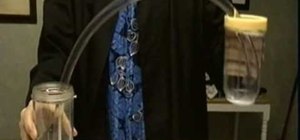

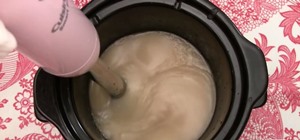
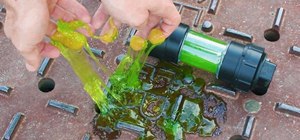




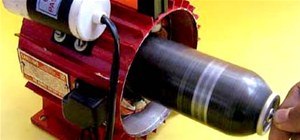

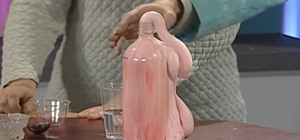

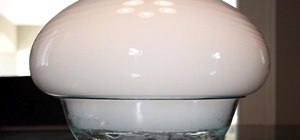

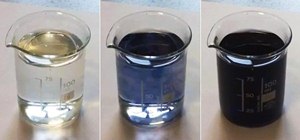
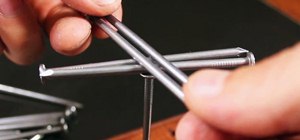
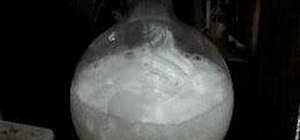

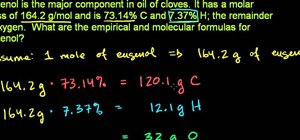
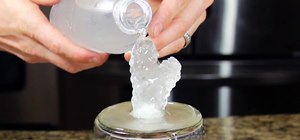


Be the First to Comment
Share Your Thoughts